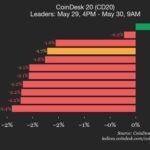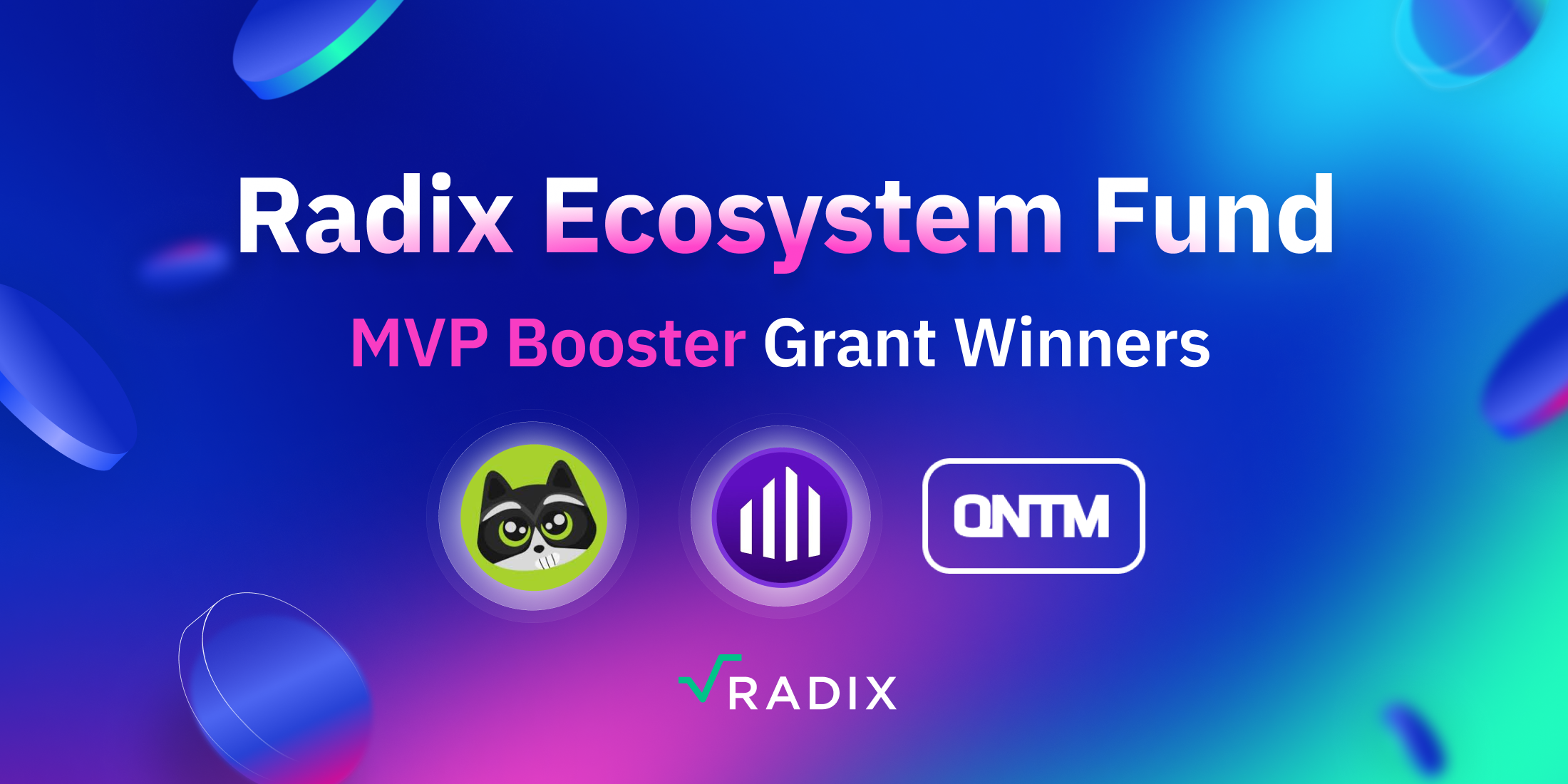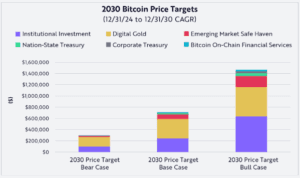
Increasing Signs of Ethereum’s Challenges: Price Fluctuations, ETF Setbacks, and Low Demand
Ether’s value has encountered significant difficulties in surpassing the resistance level of $2,750, even after experiencing an increase of more than 44% this month.
Current evidence suggests that the altcoin is facing ongoing challenges in the 2023-25 period, with volatility and capital movement patterns diverging sharply from previous cycles and competitive assets such as Bitcoin and Solana.
Ethereum Encounters Major Challenges
A prominent indicator is Ether’s realized volatility, which has decreased across cycles as the asset matures, now around 80%, down from over 120% seen in earlier phases.
Ordinarily, Ether’s three-month realized volatility increases during bullish trends and decreases during downturns. Yet, this cycle has shown a different trend. After peaking at 60% mid-2024 with prices near $4,000, realized volatility unexpectedly rose above 90% even as the value dropped toward $1,500. This unusual uptick during price declines points to heightened market uncertainty and instability.
While the correction structure in this cycle generally follows the common Ether bull market pattern—where retracements of 40% or more from recent peaks are standard—what sets it apart is the lack of a new all-time high for the altcoin. In contrast, Bitcoin and Solana reached new peaks in this timeframe. This absence of a new high has disappointed many investors who anticipated that the second-largest cryptocurrency would align more closely with its counterparts.
Furthermore, Ether’s downward price shifts have exhibited unexpected volatility, featuring several drawdowns that surpassed 40%, with the ongoing 2025 correction hitting a severe 65.4%. Although earlier cycles have seen similar or worse drawdowns, they typically occurred later in the cycle. Thus, this early and sharp adjustment indicates structural vulnerabilities that are specific to this current phase.
Regarding capital movement, the Realized Cap—a metric representing the combined worth of all Ether based on the last moving price—has risen by only 38% from the cycle’s low in January 2023, climbing from $176 billion to $243 billion.
This growth is insignificant compared to the 2021 cycle, which featured an increase of over 1,000%. The modest capital inflow of roughly $67 billion in this current cycle emphasizes weaker liquidity support, contributing to the subdued performance of the crypto asset.
Trade activities on key centralized exchanges reflect these trends as well: spot volume, which reached $14.7 billion daily during the price high of $4,000 in December 2024, plunged nearly 80% to $2.9 billion per day. Although recent trading volumes have rebounded to $8.6 billion daily, spot volumes have yet to achieve new cycle highs, as seen in previous periods.
Average ETH ETF Investor Facing Significant Losses
Analysis indicates that the typical investor in the Ethereum ETFs from BlackRock and Fidelity is currently experiencing an unrealized loss of about 21%. Net outflows from these ETFs have quickened whenever Ether’s spot price fell below the average cost basis, notably during significant declines in August 2024 and again in January and March 2025.
Initial enthusiasm for the ETFs resulted in only around 1.5% of spot market trade volume at launch, indicating a tepid response. While this figure increased to over 2.5% in November 2024, it has since reverted to the initial 1.5% level.
Despite the prevailing market challenges and pressures on the crypto asset, some analysts speculate that it could reach the $3,000 mark as early as June.



















Post Comment